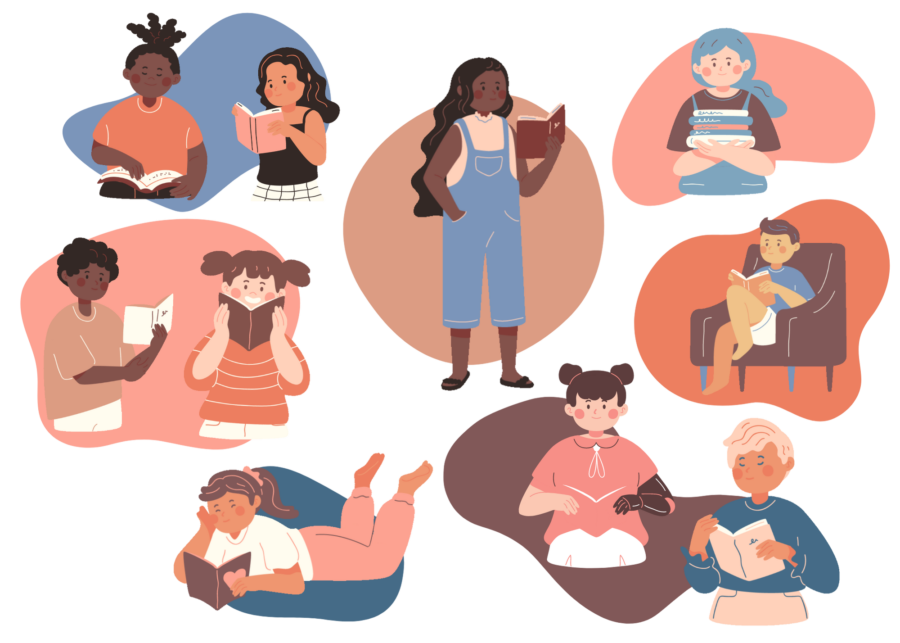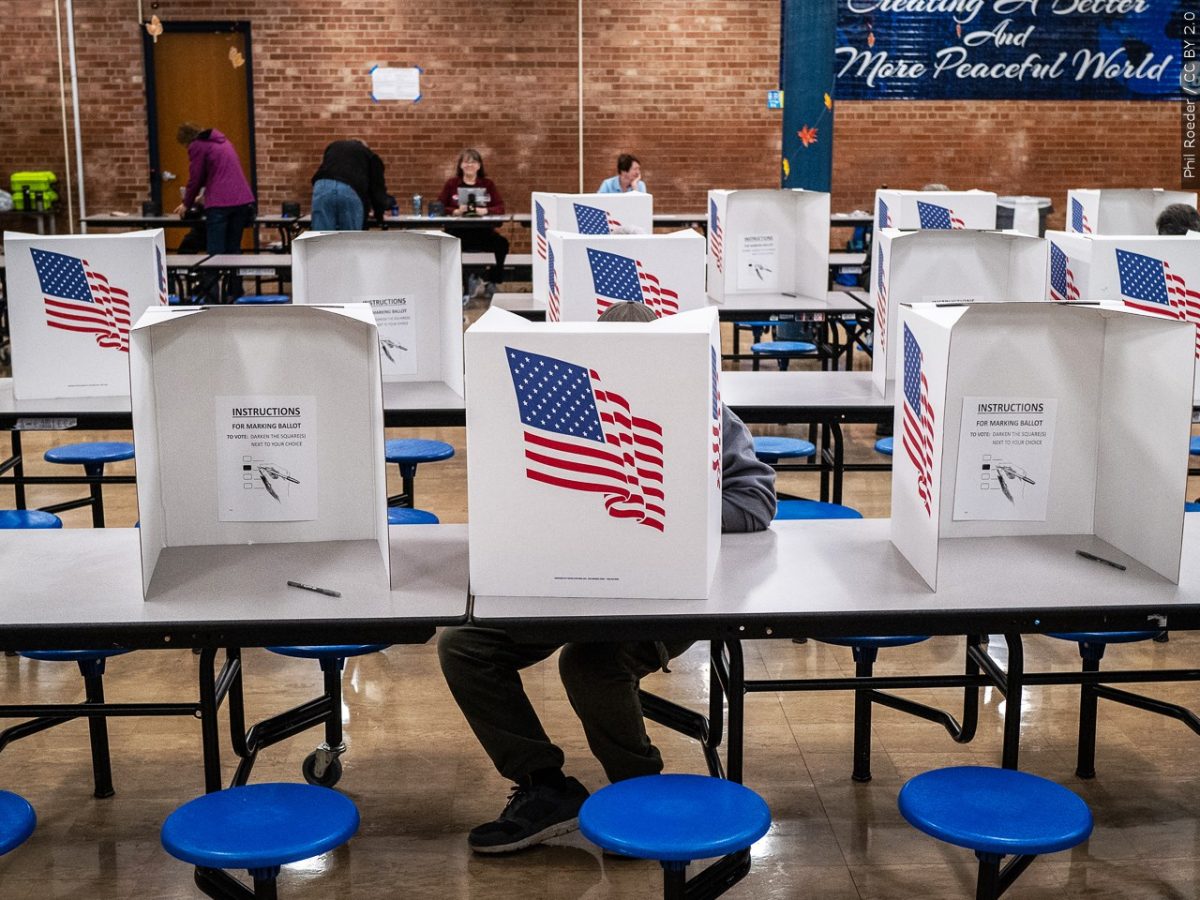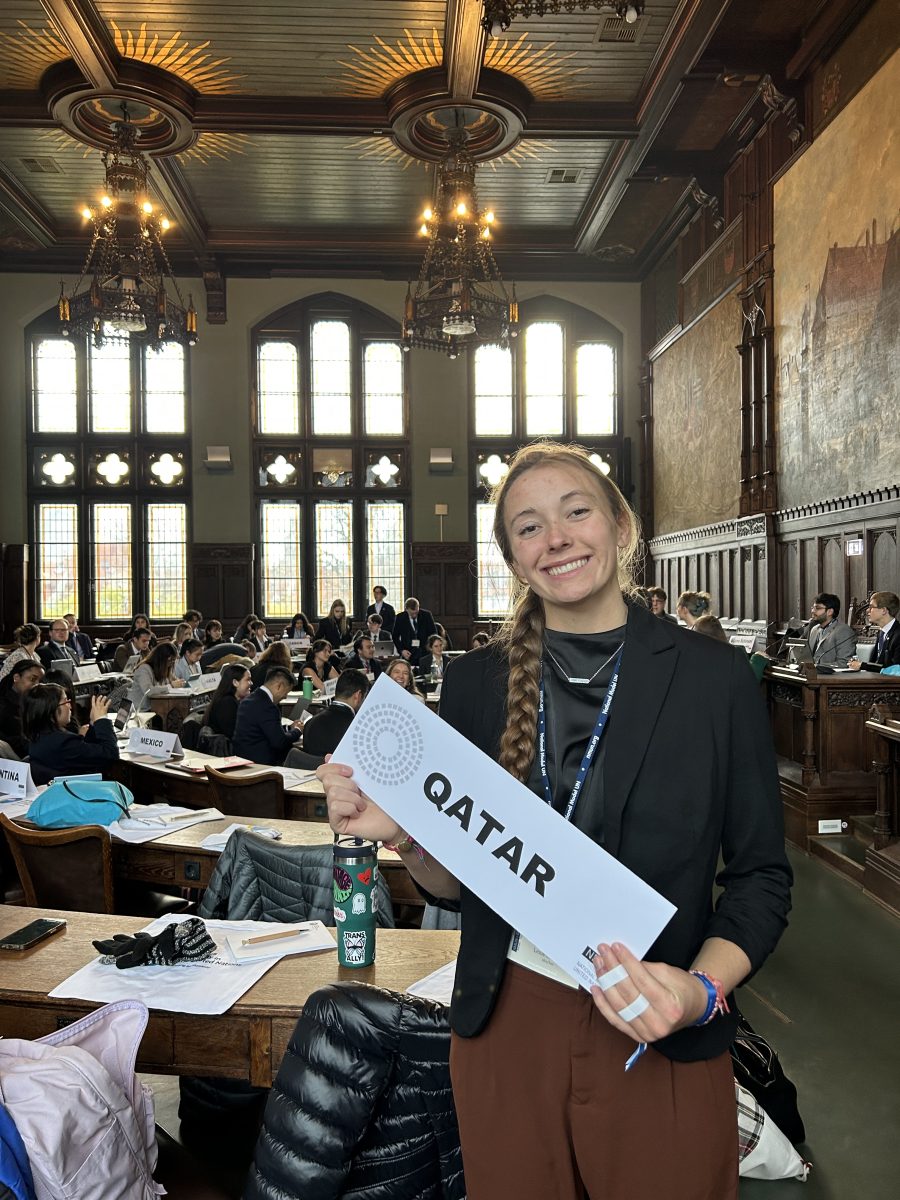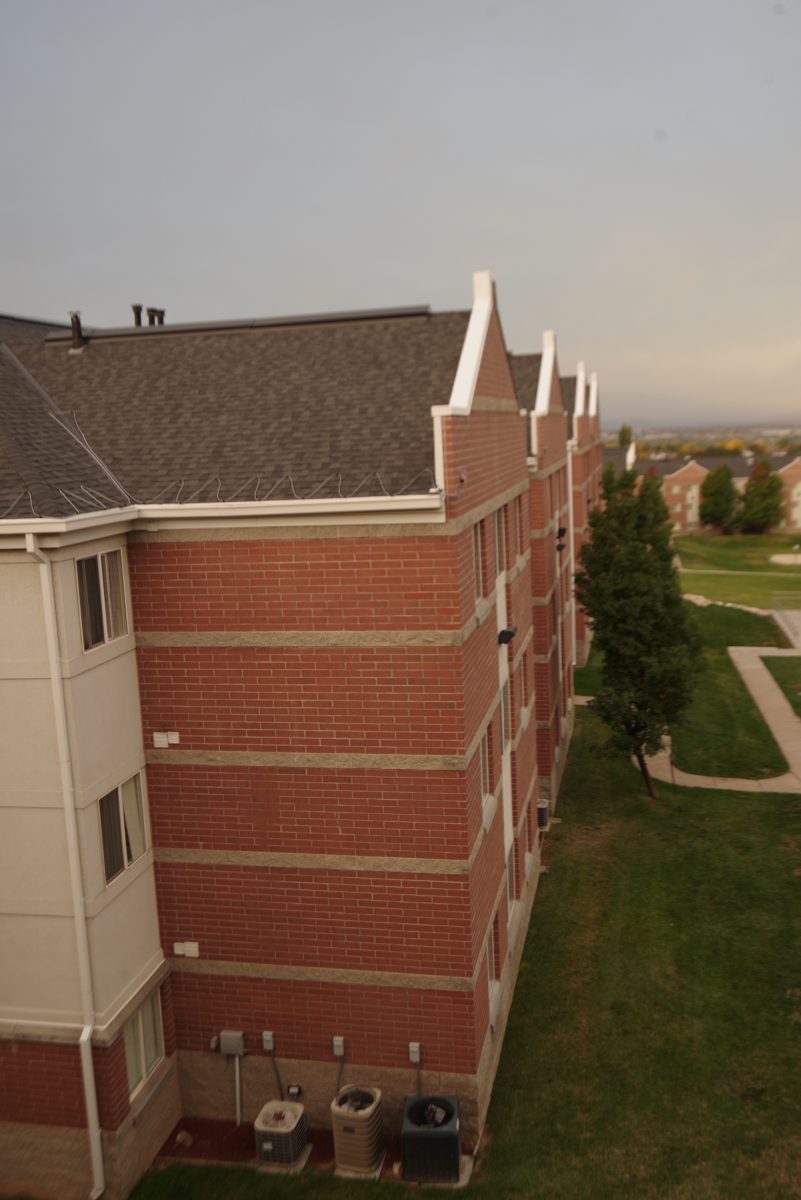After four books, five movies, and a raging battle between Team Edward and Team Jacob, the story of a boring girl with bad supernatural luck that turned into a media culture shock has finally reached its climax.
Now what?
With the hormonal wars that have been fought over the choice between a brooding, sparkly, undead aristocrat or a half-naked, hot-blooded he-wolf with cheese-grater abs, it’s hard to think something as wild as the “Twilight” fanbase will roll over and die down after they’ve been on the hunt and out for blood over various aspects of the fandom for almost seven years now.
Since first appearing in 2005, “Twilight” has been a pop-culture phenomenon that infected like a sudden zombie apocalypse and has been going strong through various forms of media ever since. With as much of an impact as “Twilight” has had on the vampire-consuming world, I honestly wonder if the final “Breaking Dawn” movie will be a eulogy to its epically obsessed fanbase, or if the “Twilight” enthusiasts will keep it alive for a sparkling eternity.
Some people are crying out a “good riddance” to what might hopefully be the end of the 21st-century vampire and supernatural frenzy, but let’s take a moment to think about why “Twilight” went as viral and venomous as it did before we start dancing on its grave.
Before “Twilight,” the typical vampire stereotype was a ghoulish, Dracula-like character who slept in coffins and wore black capes as a lifestyle necessity. Even though several other authors explored the vampire scene with a popular fanbase, such as Anne Rice with “Interview with a Vampire” or L.J. Smith with “The Vampire Diaries,” “Twilight” came around and somehow shattered all those aforementioned stereotypes.
It introduced a type of vampire that was more of a warped biological predator unaffected by the religiously originated weaknesses against it. A predator that just so happened to possess a natural shimmer so deadly, it could destroy the very fabric of its secret society if any mortal were to witness its true might.
In the transformation from Count to Cullen, “Twilight” broke molds that had been set in the vampire world for ages, and gave people a perspective they could either love or loathe on a viral scale. It opened up a new door for the supernatural genre and gave it a license to be more creative. It also gave every romantic piece of work ever, no matter how cliched and cheesy and irrational, to still be “a better love story than ‘Twilight.'”
“Twilight” also became popular because of its carefully crafted main characters, specifically Miss Bella Swan. Now, before a sea of angry anti-“Twilight” trolls begin to rise and say that Bella has to be one of the most boring, weak, one-dimensional, irritating heroines to ever be spawned into a fictional universe, let me say right now that I couldn’t agree more.
However, the reason she is so one-dimensional is exactly the reason she’s made such a perfect protagonist for her series. “Twilight” is written for a romantically enchanted fanbase of women who are looking for a fantasy escape from their everyday lives. What girl obsessed with this kind of genre wouldn’t love the idea of having two powerful and attractive supernatural beings breaking the earth in half just for the chance to be with her? When it comes to a character like Bella, she’s easy to avoid getting attached to and even easier to hate at times. This makes it all the more possible for you to white out Bella’s face in your mind and replace it with your own, and thus be free to get lost in your perfect supernatural love triangle without the pesky interruption of her character development interfering. “Twilight” may not be the perfect love story, but it was written successfully for an audience who responded positively to the world they were getting themselves into.
On an opposite side of the spectrum, it has given traditional supernatural lovers an angsty, sparkly nemesis to everything that made the original monsters classic legends. Everyone needs a common enemy, right? Whether you’re for it or against, “Twilight” may always have a special place in this generation as literary novelty, and I can only imagine what the next fictional craze is going to be. Cryptids seem to still be an open field of uncharted territory. Forbidden love story between Bigfoot and the Loch Ness Monster, anyone?


















